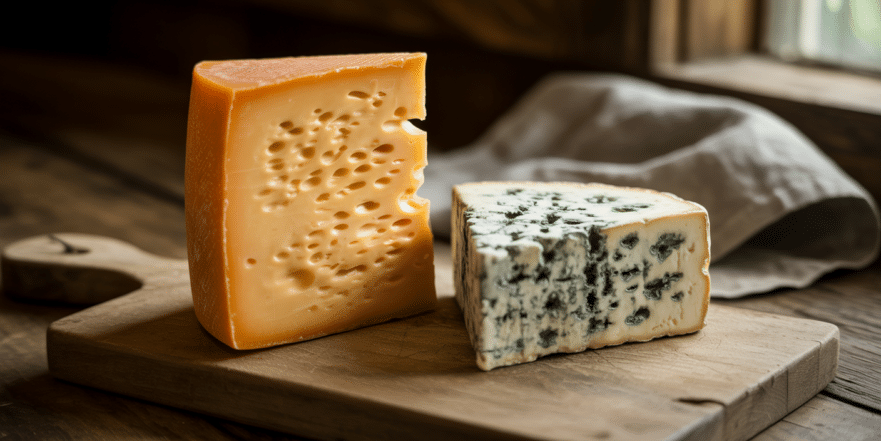
Did you know that the cheese you’re eating could be secretly sabotaging your health goals? On the other hand, it could also be one of the most powerful superfoods in your diet. It all comes down to which one you choose. Cheese is a complicated food, and not all varieties are created equal when it comes to their impact on your metabolism, your gut, and your overall health. Many people lump all cheeses together, but the difference between a highly processed cheese product and a traditionally made, aged cheese is like night and day.
In this guide, we’re going to do a deep dive into the world of cheese and rank them from the absolute best to the absolute worst. To do this, I’ve used a specific scoring system that looks at four key factors. First, we’ll consider the level of processing. This includes whether emulsifiers, stabilizers, or artificial flavors have been added. Second, we’ll look at the cheese’s microbial and enzyme function—is it made from raw milk and aged properly to develop beneficial bacteria and compounds? Third, we’ll analyze the fatty acid profile, looking for healthy fats like MCTs, CLA, and beneficial odd-chain fatty acids. Finally, we’ll examine the protein-to-calorie ratio to see how nutrient-dense the cheese really is. By the end of this article, you’ll be able to walk into any grocery store and confidently choose a cheese that not only tastes great but actively supports your health.
Key Takeaways
- Go for Aged & Raw: The best cheeses are typically made from raw (unpasteurized) milk and aged for several months. This process develops beneficial probiotics, enzymes, and bioactive peptides while breaking down lactose.
- Sheep & Goat First: Cheeses made from sheep or goat milk, like Pecorino Romano and Chèvre, are often superior because they contain A2 casein protein, which is easier to digest than the A1 casein found in most cow’s milk.
- The Best of the Best: Pecorino Romano, raw goat cheese, and specific blue cheeses like Roquefort are top-tier choices due to their high nutrient density, beneficial fats, and unique health-promoting compounds.
- The Absolute Worst: American cheese isn’t technically cheese but a “cheese product.” It’s loaded with emulsifiers and additives that can be detrimental to your gut health and should be avoided entirely.
- Read the Label: Always check the ingredients. A high-quality cheese should have a simple list: milk, salt, cultures, and enzymes. Avoid products with long lists of chemical-sounding additives.
1. Pecorino Romano: The Undisputed Champion
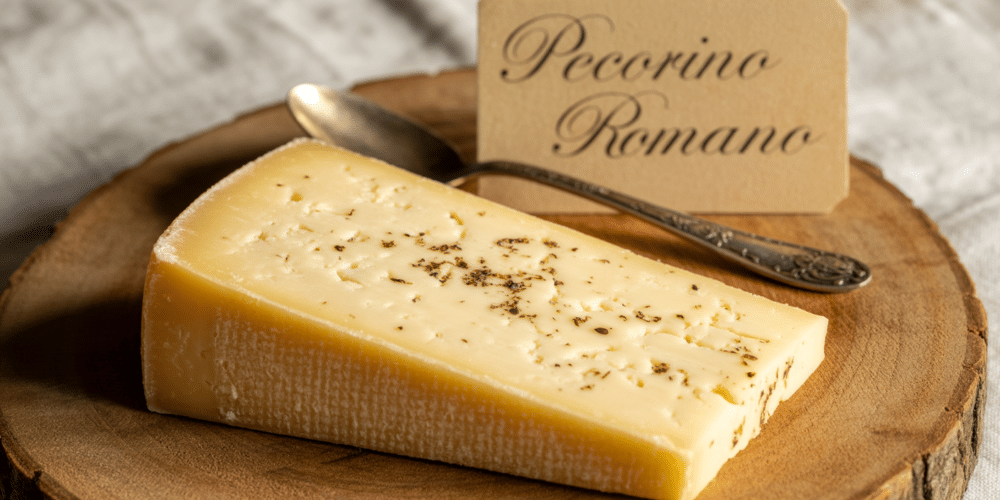
Taking the number one spot is Pecorino Romano. This hard, salty Italian cheese is an absolute powerhouse of nutrition. It’s traditionally made from sheep’s milk, which is a huge advantage. Why? Because sheep’s milk contains A2 casein protein. Most cow’s milk in the United States comes from A1 cows, and the A1 casein protein can cause digestive issues and inflammation for many people—it’s often the real culprit when people think they’re lactose intolerant. Sheep and goat milk naturally contain the more digestible A2 casein, making it a much better choice from the start.
Pecorino Romano is minimally processed and aged for at least 12 months. This long aging process does two wonderful things. First, it allows beneficial cultures to flourish, creating a cheese rich in probiotics. Second, it breaks down almost all the lactose, making it virtually lactose-free. But the magic is in its bioactive peptides. A study in the International Dairy Journal found that Pecorino Romano contains 26 of these powerful compounds, which have positive effects on the body. Amazingly, after digestion, that number more than doubles to 52! These peptides can help with fatty acid oxidation (burning fat for fuel), reduce inflammation, and even have antimicrobial effects. On top of that, it’s packed with protein (about 35% by weight), Vitamin K2 (crucial for directing calcium to your bones and not your arteries), and beneficial C15 fatty acids.
2. Raw Goat Cheese: The Digestive-Friendly Powerhouse
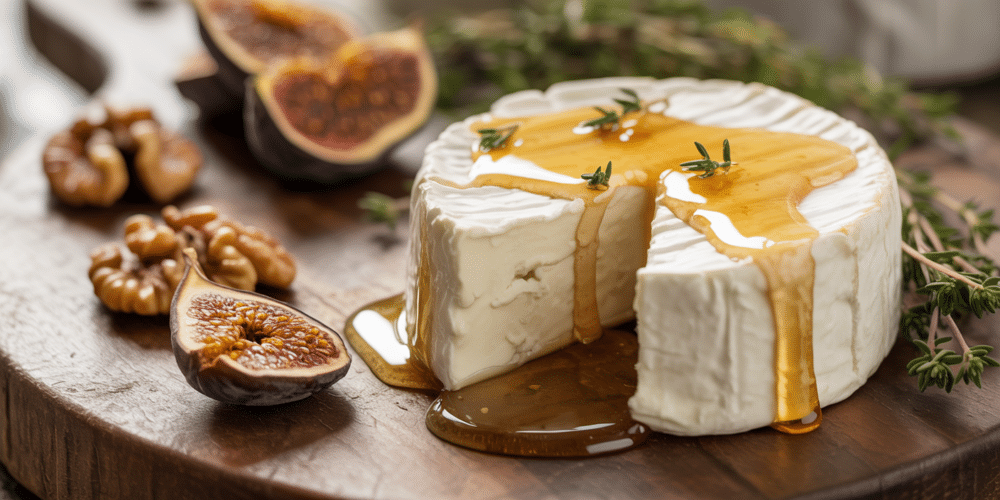
If you can’t find a good sheep’s milk cheese, your next best bet is raw goat cheese (also known as chèvre). Like sheep’s milk, goat’s milk is a natural source of A2 casein, making it gentle on the digestive system. The real standout feature of goat cheese, however, is its unique fatty acid profile. It’s one of the few cheeses that contains a significant amount of Medium-Chain Triglycerides (MCTs). Your body can digest MCTs very quickly and convert them into energy, providing stable fuel for your brain and body.
Furthermore, goat cheese is rich in Conjugated Linoleic Acid (CLA), a type of fat that has been strongly linked in studies to fat loss, particularly a reduction in visceral belly fat. From a digestive standpoint, the fat globules in goat cheese are smaller than those in cow’s milk, meaning your body needs less bile to break them down. This makes it an excellent option if you have gallbladder issues or find other cheeses heavy. When you choose a raw version, you’re also getting a healthy dose of probiotics, making it a fantastic all-around choice for gut health and metabolic support.
3. Blue Cheese (especially Roquefort & Stilton): The Longevity Cheese
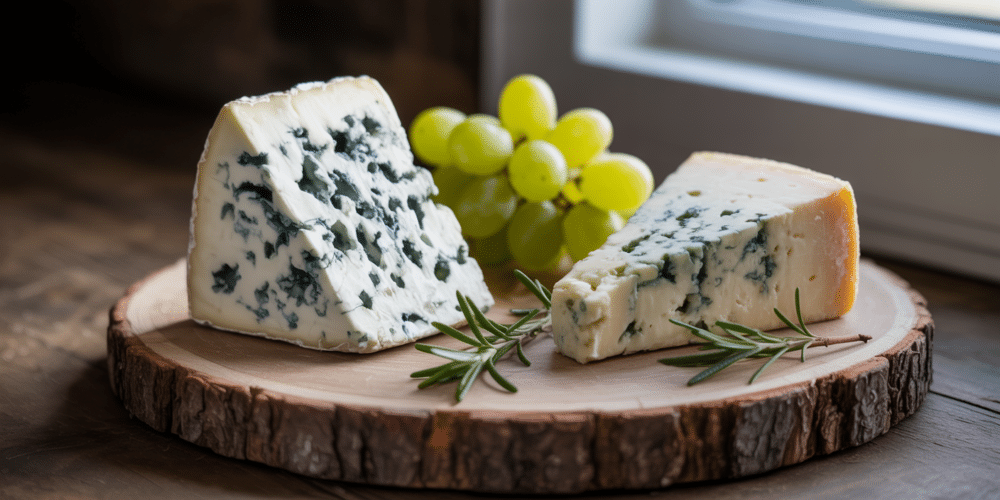
Blue cheese gets its signature look and taste from the Penicillium molds used in its production. While that might sound strange, these molds are what make blue cheese so special. They have powerful antimicrobial properties and contribute to a very high concentration of minerals and Vitamin K2. But to get the biggest health bang for your buck, you want to look for specific types of blue cheese, namely Roquefort (made from sheep’s milk) or Stilton.
These varieties are what I like to call “longevity cheeses” because they are incredibly rich in a compound called spermidine. Spermidine is known to induce autophagy, which is your body’s cellular cleanup process. Autophagy removes damaged cells and cellular components, which is critical for slowing the aging process and preventing disease. People even take spermidine supplements for this effect, but you can get it directly from these cheeses. Additionally, Roquefort is packed with the C15 fatty acid we talked about earlier, which helps strengthen your cell membranes and protect them from oxidative stress. The combination of antimicrobial properties, autophagy-inducing spermidine, and cell-protective fats makes high-quality blue cheese a true functional food.
4. Aged Cheddar: The Blood Pressure-Friendly Classic
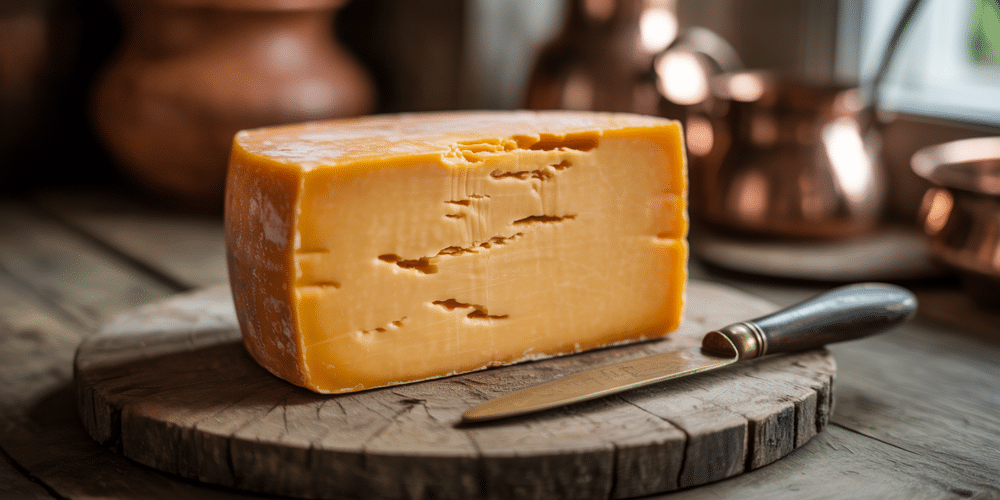
Good old-fashioned cheddar can be a great choice, but there’s a huge catch: it must be properly aged. The brightly colored, plastic-wrapped cheddar slices you see everywhere are not what we’re talking about. You need to look for a quality block of cheddar that states it has been aged for at least 3-6 months, and preferably longer. This aging process is what unlocks its health benefits.
Properly aged cheddar contains two bioactive peptides, VPP and IPP, which act as natural ACE inhibitors. This means they can help relax your blood vessels and lower blood pressure, making aged cheddar a heart-healthy choice. It also contains a well-known antimicrobial peptide called nisin, which can support a healthy gut environment. The downsides to cheddar are that it’s generally more processed than the top-tier cheeses, which can reduce its probiotic content, and it tends to be higher in sodium. But as long as you’re choosing a high-quality, well-aged variety, it’s a solid middle-of-the-road option.
5. Brie: The Good, The Bad, and The Creamy
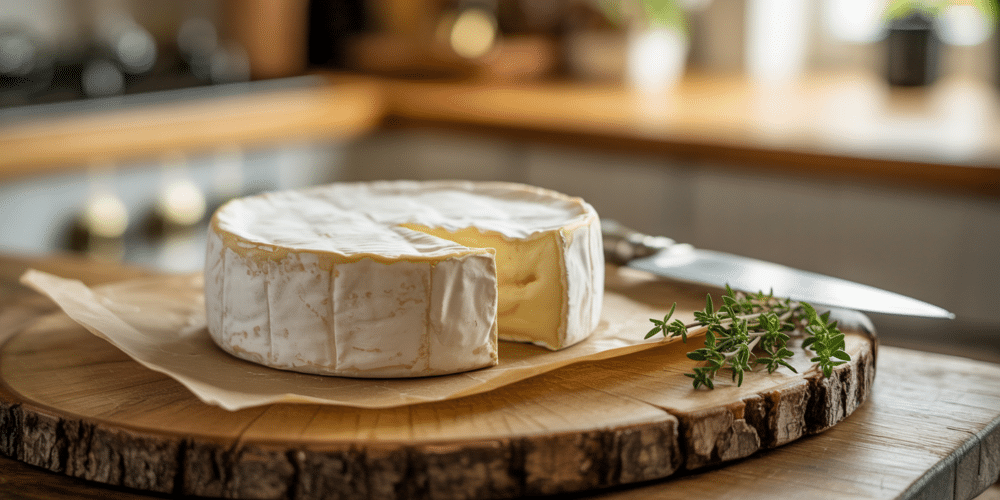
Brie is a soft, creamy cheese that is also made with a Penicillium mold, similar to blue cheese. However, it’s only aged for a few weeks, so you don’t get the same level of fermentation or the development of those powerful antimicrobial compounds. The biggest issue with Brie is that it’s often mass-produced. Cheap Brie is easy to find, but it’s often made with heavy pasteurization and a cocktail of emulsifiers and flavorings to create that smooth texture without proper aging. You have to be a detective and read the label.
If you can find a traditionally made Brie, it does have some benefits. It’s a very good source of Vitamin K2 and contains a decent amount of healthy fats like CLA and C15. So, from a fatty acid perspective, it’s quite good. However, due to the short aging time and potential for heavy processing, it’s going to be lower in beneficial cultures and bioactive peptides than the cheeses ranked higher on this list. It’s a decent choice, but you have to be picky about the quality.
6. Mozzarella: The High-Protein, Low-Benefit Option
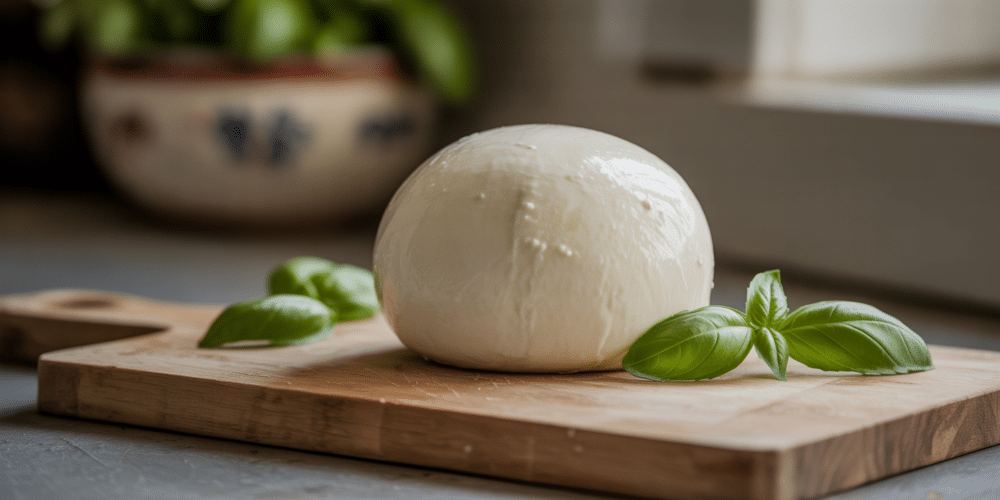
Mozzarella is a tricky one. From a pure macronutrient standpoint, it’s actually quite good. It’s one of the highest-protein cheeses by weight and has a relatively low fat content, with one of the lowest saturated fat levels of any cheese. Its fat profile is primarily composed of healthier monounsaturated fats. It’s also typically low in sodium. So, if you’re just looking for a clean source of protein, mozzarella isn’t a bad choice.
The problem is that it’s only aged for a few days, if at all. This means you get practically none of the benefits that come from fermentation and aging—no significant probiotics, no bioactive peptides, no enhanced nutrient profiles. It’s a cheese that won’t harm you, but it won’t provide the extra medicinal-like benefits of the top-tier cheeses. For a slight upgrade, choose buffalo mozzarella, which is made from water buffalo milk and contains a bit more omega-3 fatty acids. And be wary of imposters; a lot of shredded “pizza cheese” is just processed white cheese, not true mozzarella.
7. American Cheese: The One to Avoid at All Costs
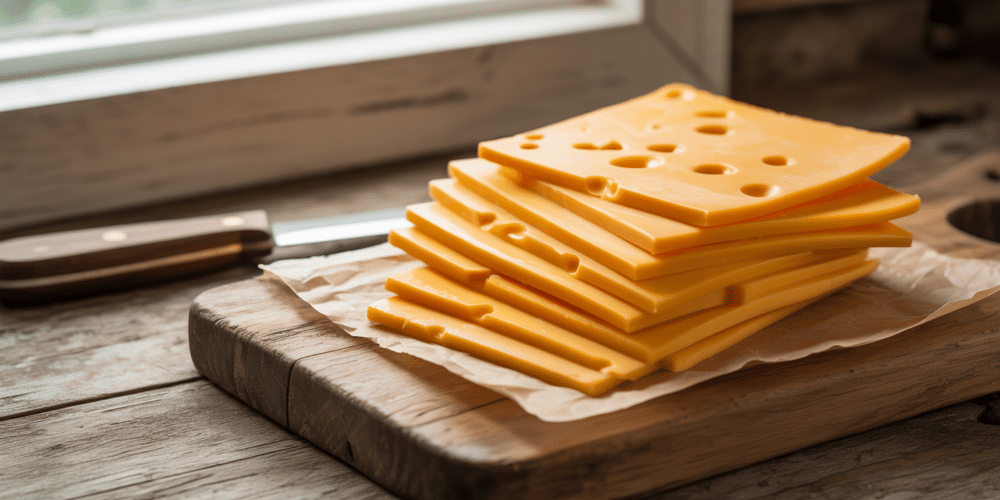
Finally, we arrive at the bottom of the barrel: American cheese. Let’s be clear, this product is not really cheese. It’s legally defined as a “pasteurized process cheese food.” It’s made by taking scraps of real cheese and melting them down with a host of additives, including emulsifiers (like polysorbate 80), stabilizers, artificial colors, and flavorings. It’s engineered to have a long shelf life and melt perfectly, not to provide nutrition.
The emulsifiers used in these products are particularly concerning, as studies suggest they can damage the integrity of your gut lining, potentially leading to inflammation and other health issues. While the affordability is a draw for many, the potential negative health impact is simply not worth it. It’s not just that American cheese ranks poorly; it’s a product that you should actively remove from your diet. If you’re looking for an affordable, mild cheese, a simple, low-cost mozzarella is an infinitely better choice that will at least provide quality protein without the harmful additives.
Conclusion
As you can see, the world of cheese is incredibly diverse, offering everything from health-promoting superfoods to detrimental processed products. The key is to be an informed consumer. When you’re at the store, make it a habit to choose cheeses that are aged, made from raw milk whenever possible, and come from sheep or goats for that superior A2 protein. Always read the ingredient list. If it’s short and simple, you’re likely on the right track. By making smarter choices, you can enjoy the delicious taste and texture of cheese while actively contributing to your long-term health and well-being.
Source: Thomas Delauer

